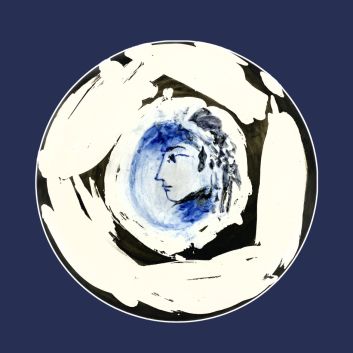Rating and value of Nicolas de Staël's drawings, lithographs and prints
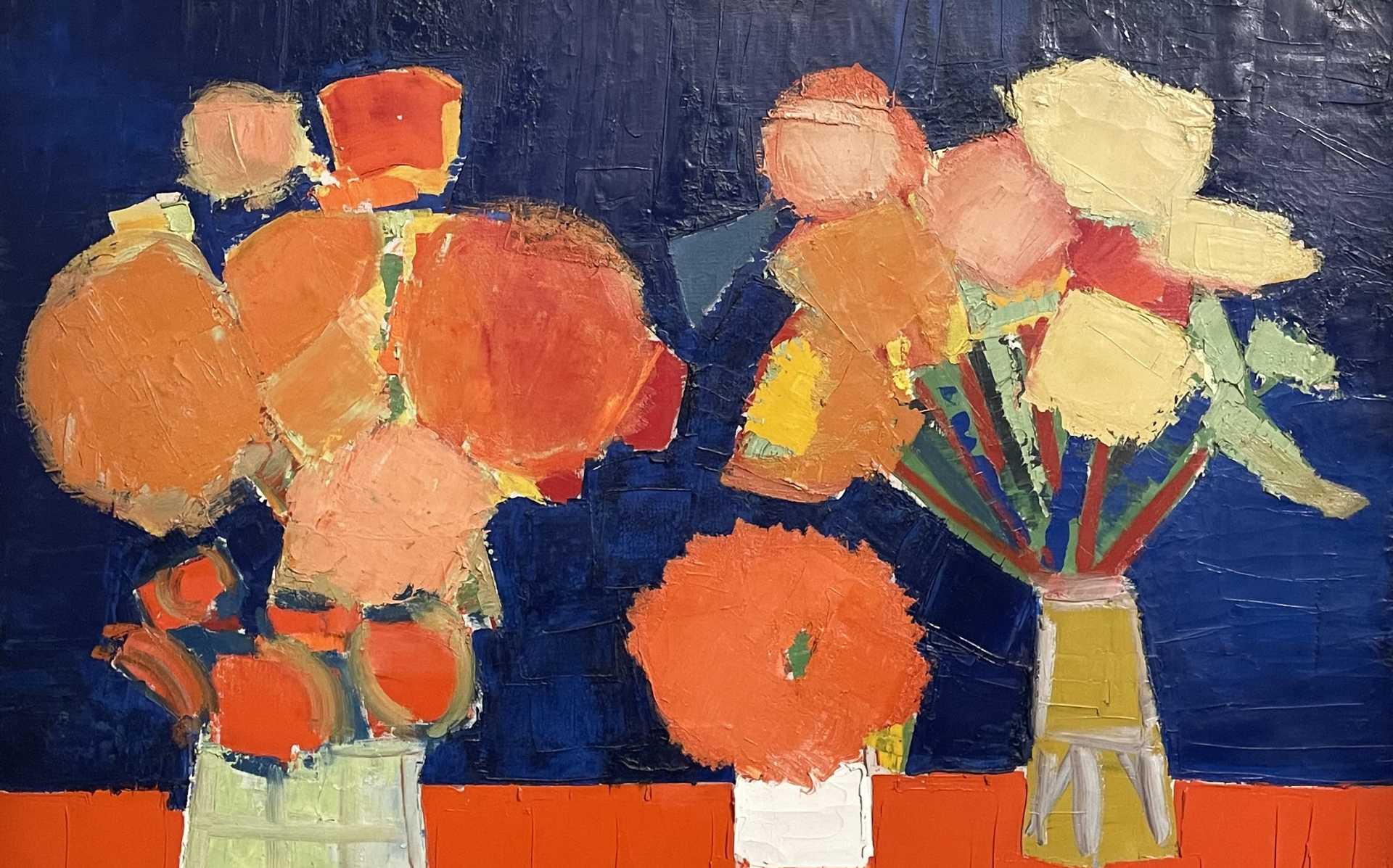
If you own a work of art by or about Nicolas de Staël and would like to know its value, our state-approved experts and auctioneers can offer you their appraisal services. Our specialists will carry out a free appraisal of your work, and provide you with a precise estimate of its current market value. Then, if you wish to sell your work, we'll guide you towards the best possible arrangement to obtain the optimum price.
Artist's rating and value Nicolas de Staël
Nicolas de Staël is a Franco-Russian painter of the 20th century. He left behind a unique body of work reflecting his moods and personality. This legacy is made up of paintings, mainly oils on canvas. Today, prices for his works are reaching unprecedented heights at auction. His paintings and other works are particularly prized, especially by French and Russian buyers, and the price at which they sell on the art market ranges from €20 to €17,469,000, a considerable delta but one that speaks volumes about the value that can be attributed to Staël's works. In 2019, a predominantly green polychrome composition entitled Parc des Princes (les grands footballeurs) sold for €19,646,00, whereas it was estimated at between €18,000,000 and €25,000,000.
Order of value from a simple work to the most prestigious
Technique used | Results |
|---|---|
Print - multiple | From €20 to €21,640 |
Drawing - watercolor | From €100 to €280,000 |
Oil on canvas | From €370 to €17,469,000 |
Response in less than 24h
Nicolas de Staël, moving into abstraction
Nicolas de Staël does not see himself as part of any particular movement, nor is that his aim or purpose. He sees his career as one of constant evolution, despite its brevity. Some would classify him as one of the many artists of the École de Paris: as the term is very broad, it doesn't really encompass much, and isn't really suited to his singularity. There is, however, general agreement that much of his work is abstract - more in its research than in its outcome.
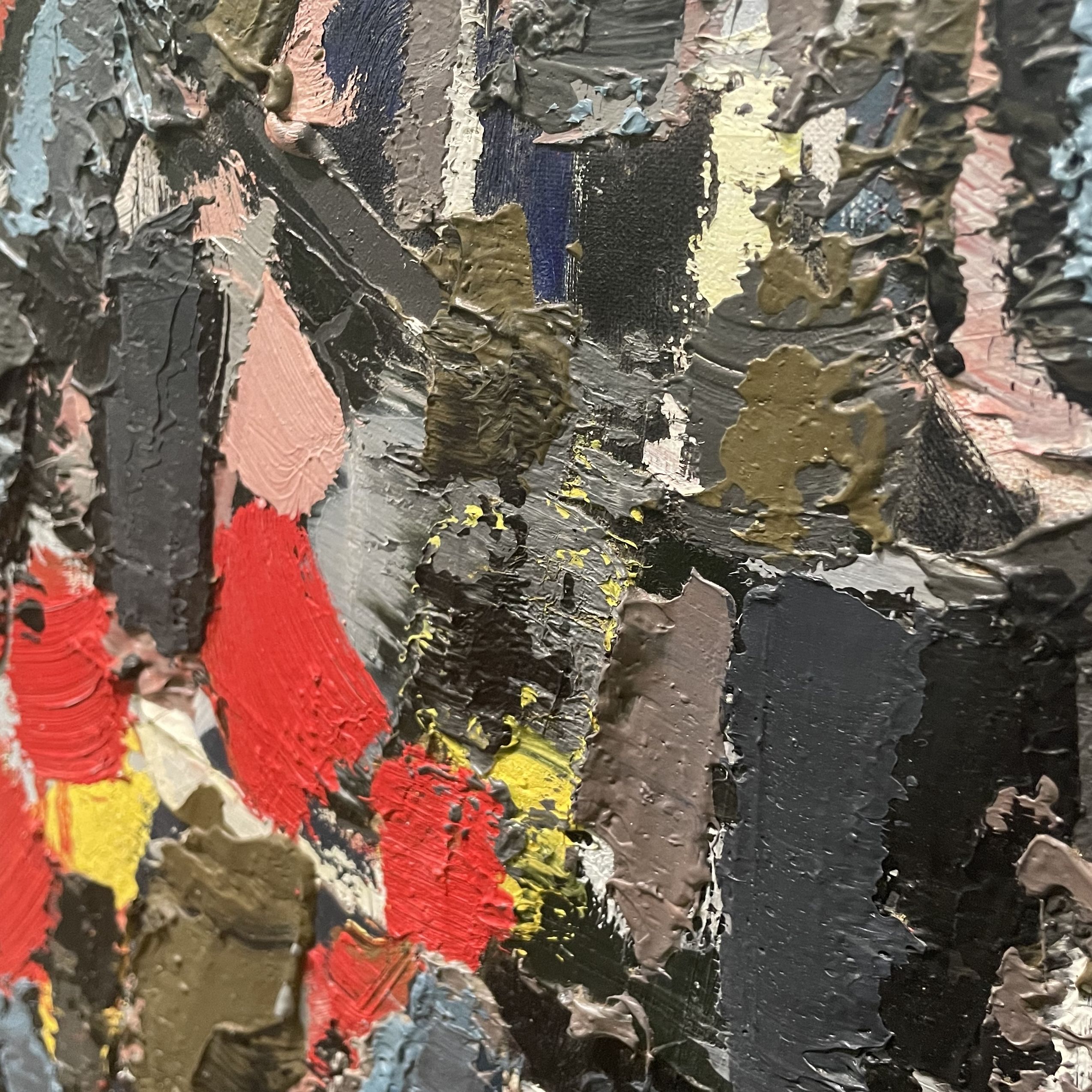
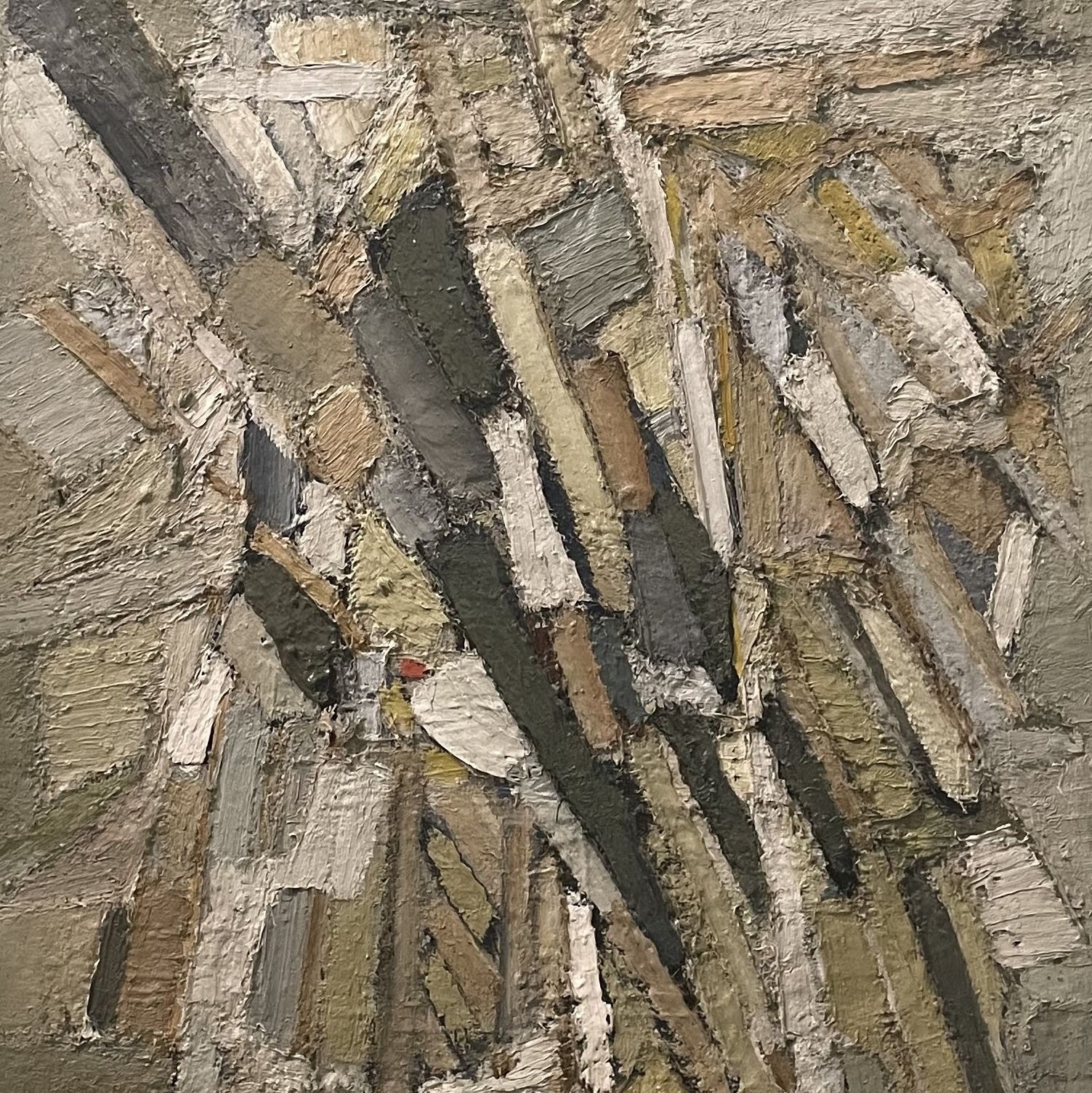
Baron de Staël, from Seghers to Soutine
Baron Nikolai Vladimirovich Staël von Holstein, known as Nicolas de Staël, (1914 - 1955) was born into a Russian military family serving the Tsar. He grew up in St. Petersburg, but was soon forced into exile in Poland with his family. His parents died shortly afterwards. He was taken in by relatives in France, then Brussels. Not excelling academically, he preferred Greek tragedies and the paintings of Rubens. On his own, he studied the antique paintings of the Northern Schools before enrolling at the Beaux-Arts in Brussels. Back in France, he discovered the brilliant colors of Matisse, the beginnings of cubism with Cézanne, its analysis with Braque and the expressionist impulses of Soutine. During this same period, he traveled with his first wife, Jeannine, to Italy and Morocco, before finally returning to settle in Provence and capture its light.
Although his career spanned only twenty years, de Staël anticipated years of evolution in art history and plastic research.
De Staël painted relentlessly throughout the '50s, "until the canvas burst", his output reaching 240 paintings in 1952, not counting drawings and lithographs. Yet supported by Braque and others, de Staël went through a great depression and began producing nudes after meeting Jeanne, his last love - which ended in tears.
Tired of being misunderstood, he threw himself into the void from the top of his Antibes studio in 1955, aged just 40.
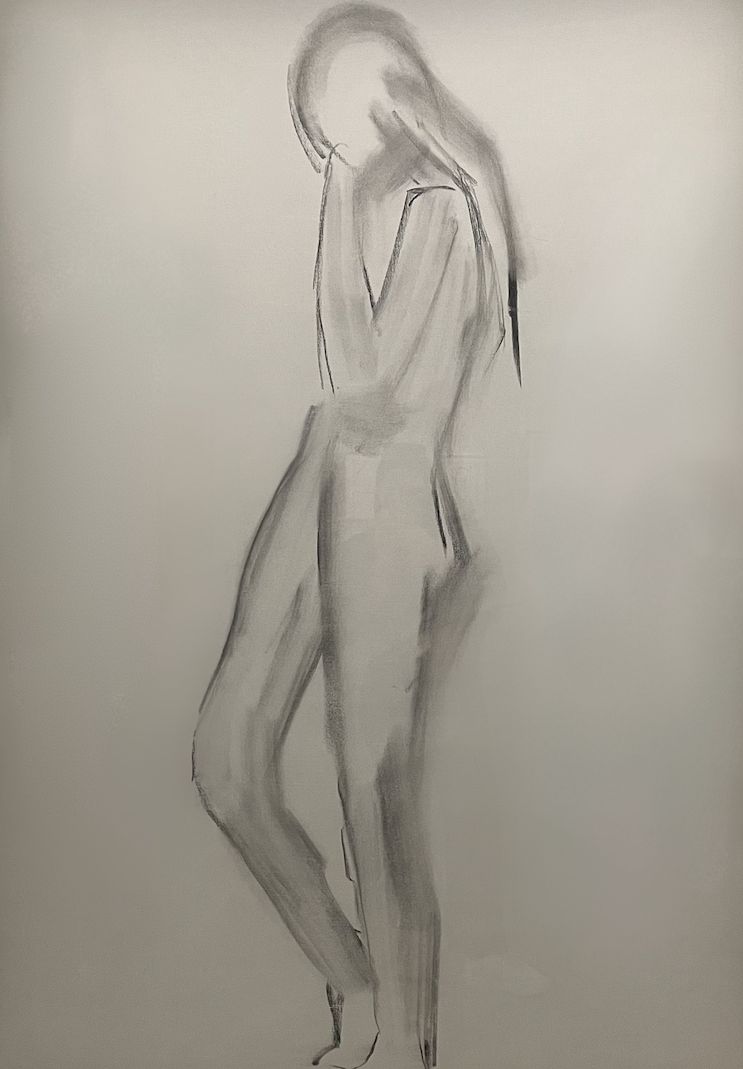
Heritage and prosperity
De Staël's output and thinking were considerable. Ahead of his time - he considers the fulgurating authority and the fulgurating hesitation fundamental to his painting. He believes he paints "with a thousand vibrations per blow received", letting himself be overwhelmed by his emotions, however sordid and distressing they may be.
Looking beyond the duality of abstraction and figuration, his painting "screams without anger", enclosing his deepest fears in every line on canvas.
Rothko, a painter of the same calibre who "imprisons the most absolute violence in every square centimetre of their [his canvases'] surface" - albeit with a different plastic approach - should be mentioned in the process.
The retrospective devoted to him by the Musée d'Art Moderne in Paris has not only boosted his reputation, but also his market value, as his paintings and, consequently, his drawings and prints could soon be fetching record sums at auction.
Recognizing Nicolas de Staël's signature
Nicolas de Staël's works are often signed at the bottom of the painting. He often signs "Staël" in a dark tone.
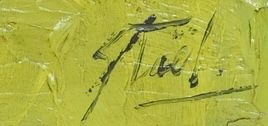
Knowing the value of a work
If you happen to own a work by or after Nicolas de Staël, don't hesitate to request a free appraisal using the form on our website. A member of our team of experts and certified auctioneers will contact you promptly to provide you with an estimate of the market value of your work, as well as any relevant information about it. If you're thinking of selling your work, our specialists will also be on hand to offer you alternatives for selling it at the best possible price, taking into account market trends.
Response in less than 24h
Related topics
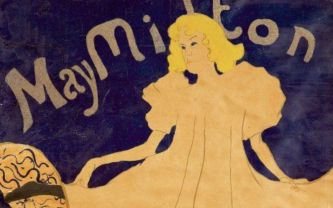
Rating and value of works, lithographs, paintings by Henri...
Henri de Toulouse Lautrec is a 20th-century painter who produced lithographs and paintings that are highly successful at auction.
Read more >
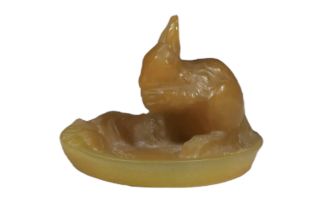
Rating and 2024 value of paperweights, paper trays, cups...
Amalric Walter is a twentieth-century glassmaker who collaborated with Daum, producing works that are highly regarded and valued.
Read more >
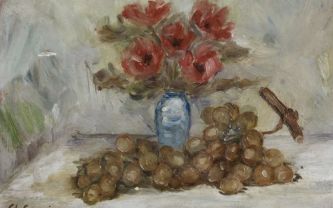
Rating and value of paintings by Charles C...
Charles Camoin is a twentieth-century Fauvist painter who produced works that are highly valued at auction. 24h estimate.
Read more >
Secure site, anonymity preserved
State-approved auctioneer and expert
Free, certified estimates
